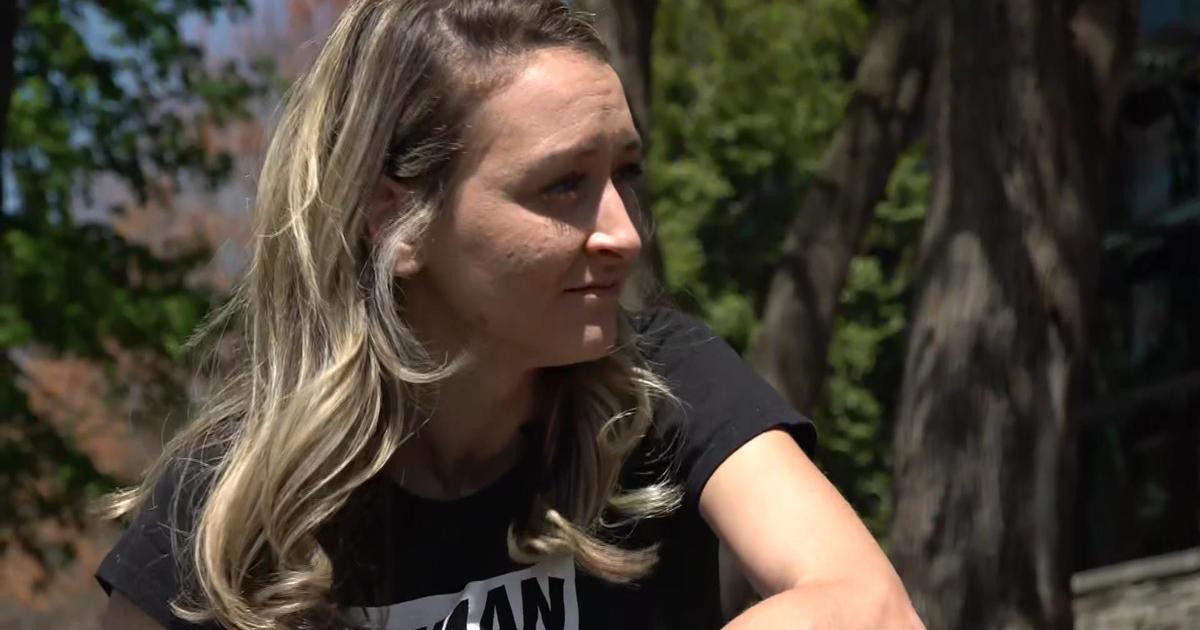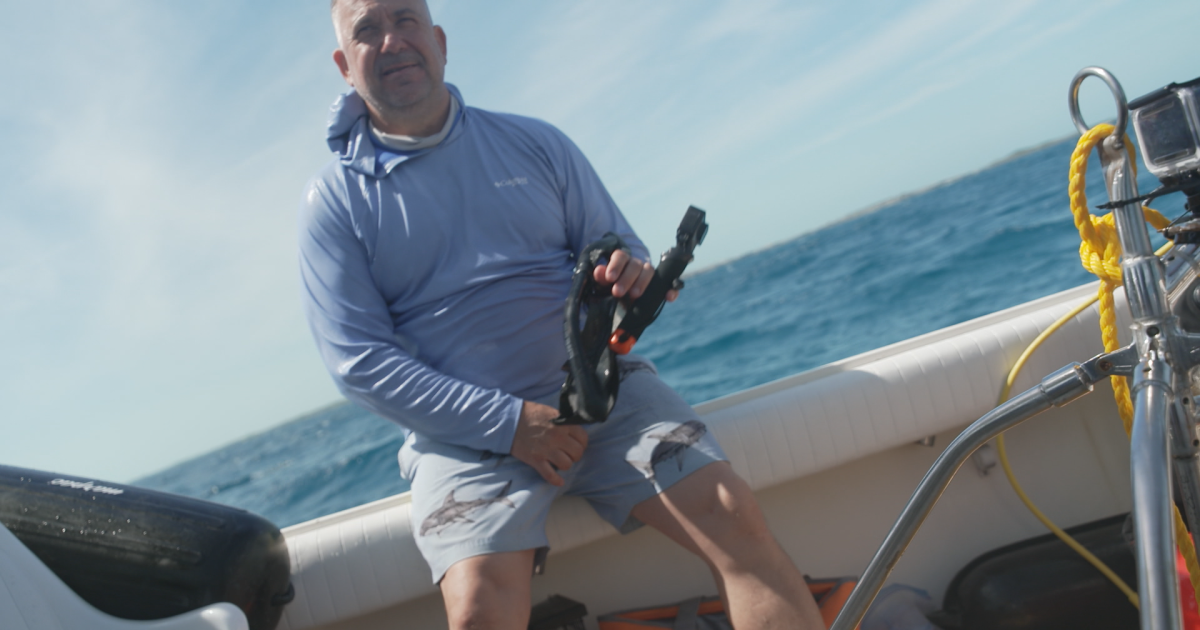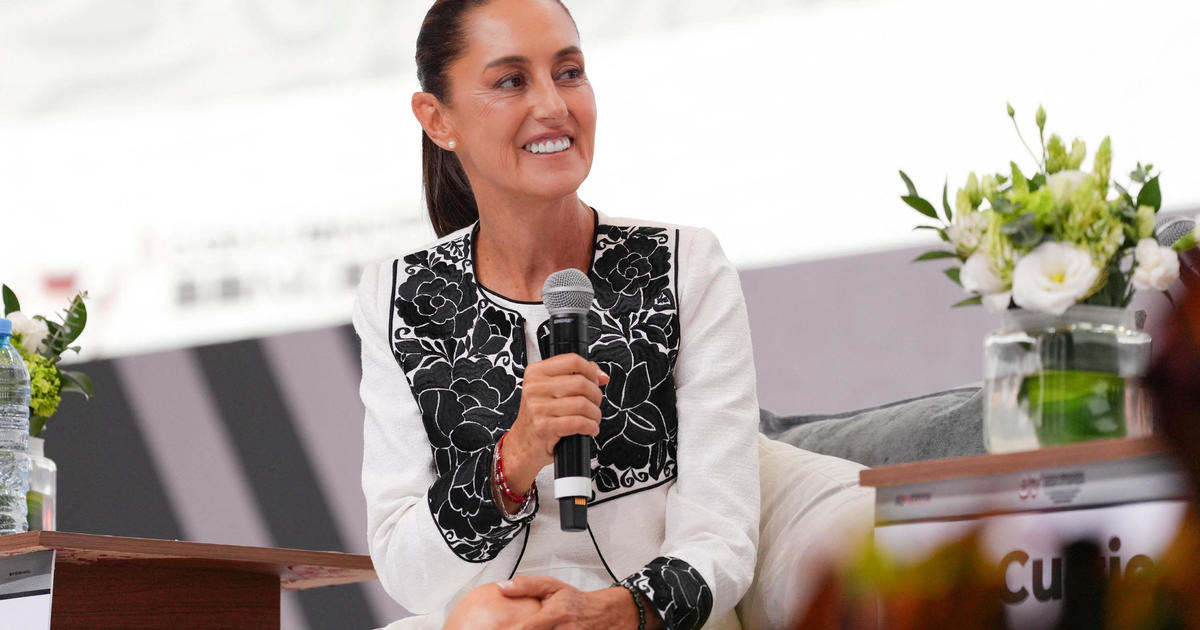Sleds, snowmobiles and planes: How COVID-19 vaccines are distributed in rural Alaska
Far beyond the reaches of the nearest connecting roads, villages of rural Alaska are only accessible by small aircraft or boat. But there are few latitudes too challenging for frontline workers like Dr. Katrine Bengaard, who are working to distribute the coronavirus vaccines to state residents.
"People in rural Alaska are vulnerable just like anybody in rural America," Bengaard told CBS News' Nancy Chen.
Bengaard and her team from the Maniilaq Association cover northwest Alaska, traveling hundreds of miles a day, including on sleds pulled by snowmobiles. One of her latest coronavirus vaccine runs required her to take a plane.
"We had to cross a river to get to town and the river's frozen right now, so we were able to go just right over the top of the water, which was kind of a fun experience, and pulled up to the clinic," she said.
The group's itineraries sometimes include multiple villages in one trip as they provide healthcare to 12 federally recognized tribes. Their coverage area equals the size of Indiana.
As Bengaard's team and others navigate the rough Alaskan terrain, they visit the homes of those most vulnerable and at risk of catching COVID-19. The group distributes vaccines to people inside local clinics or on their chartered single-engine planes. Patients also travel to airport tarmacs on snowmobiles and ATVs.
Doctor Ellen Hodges, chief of staff for the Yukon-Kuskokwim Health Corporation, has inoculated about 6,000 people in southwest Alaska. She called it a race against time to get to as many people as possible, especially in communities where multiple generations live together.
"There are so many challenges when it comes to getting these shots in arms. Why is it worth it?" Chen asked.
"We have some of the highest case rates in the nation right now, and Alaska natives are disproportionately affected by both hospitalizations and deaths. So getting our population, which is primarily Alaska native, vaccinated is, right now, my number one priority," she said.
Hodges has been a doctor in Alaska for nearly two decades. She's used to traveling to remote villages without hospitals. But amid the coronavirus pandemic, she's had to make extra efforts, including holding the delicate vaccines in her lap on bumpy plane rides and making sure the doses stay at the required temperature.
"You can't refreeze it. That destroys the vaccine and we didn't want to waste a drop of this precious resource," Hodges said.
She says she often has to tuck the vaccine between her shirt and coat to keep it warm right before injecting it. "The wind can freeze things like that really fast and then it won't inject," she said.
The harsh and unpredictable winter days demand creativity and nimbleness, and with the constant possibility of getting snowed in overnight, health care workers have plenty to juggle.
"Just the logistics, making sure that the weather is cooperating, making sure that we have a pilot; we tried to go out to a village yesterday and we weren't able to get a pilot to go out," Hodges said.
That's where community collaboration comes in, even from those who don't have medical degrees. Curt Jackson is a water taxi captain who delivered vaccines twice after nurses boarded his 32-foot aluminum landing craft to cross Kachemak Bay when poor weather prevented them from flying.
"I immediately got kind of choked up, feeling like this is a first step ... But it was also, 'it's going to be a bumpy ride.' So a trip that normally takes us about a half an hour, that day, took us about an hour, just to slowly kind of crawl our way across the bay, just trying to be as gentle with our precious cargo as possible," Jackson said.
It's an effort that's paying off. Alaska has one of the highest coronavirus vaccination rates in the country.
The progress marks a new dawn on the horizon in a long and challenging winter.
"Alaska, it's dark in the winter a lot, and we slowly start getting the light back this time of year. A few minutes every day and that's what this vaccine feels to me. It's not automatic, you know, sunrise. But I tell you what: every day's a little better, every shot we get in an arm is hopefully one less call we have to make to tell them they have COVID-19," Hodges said.



